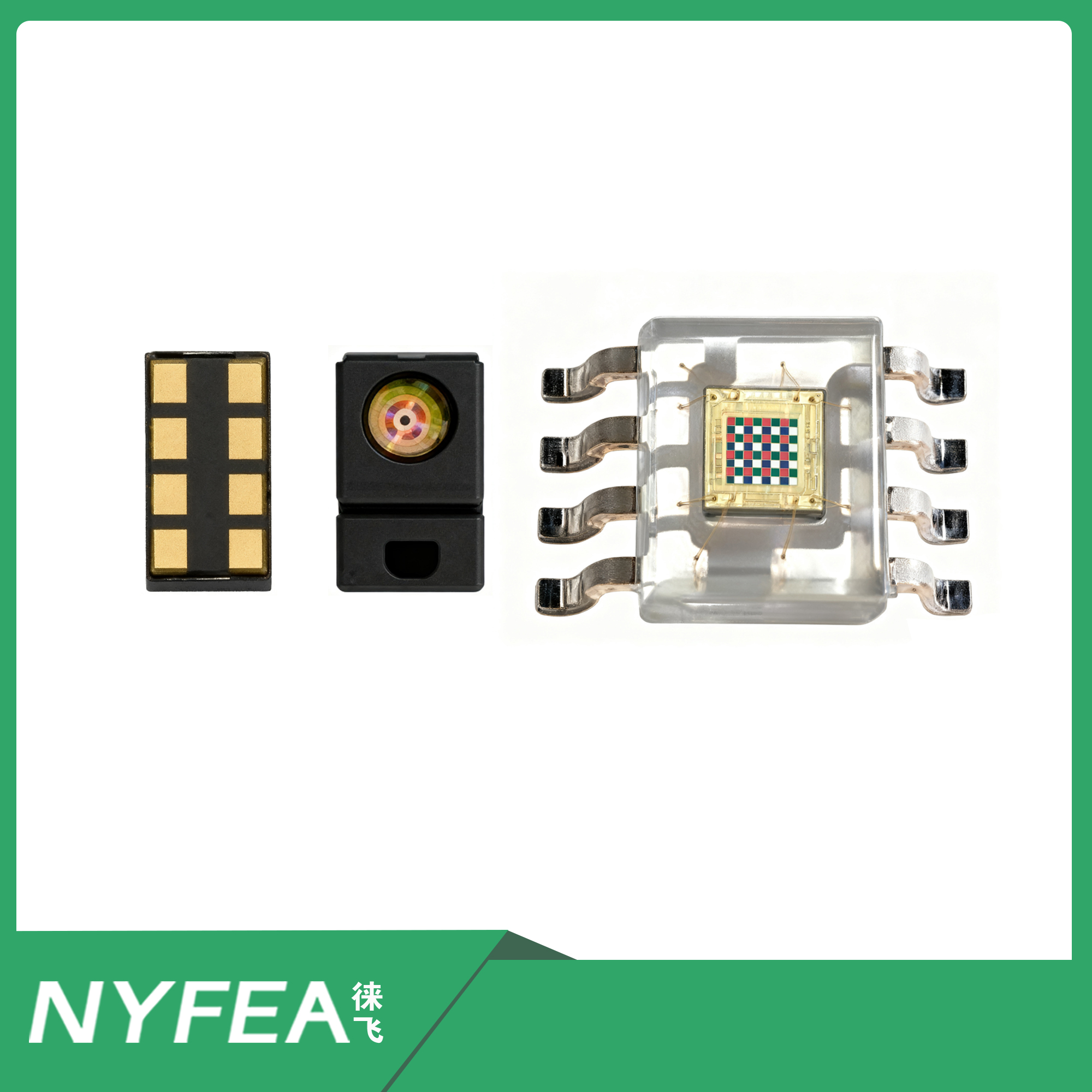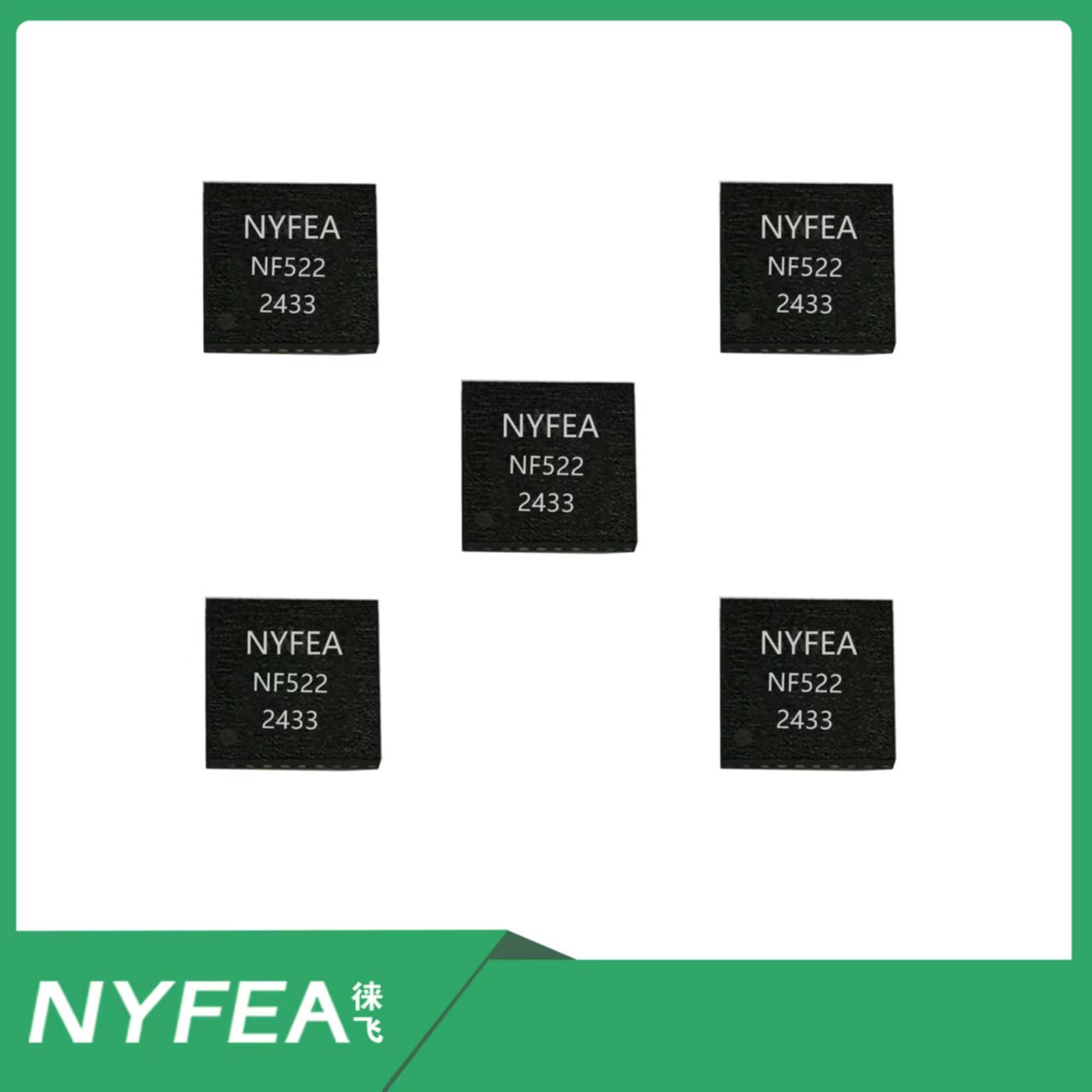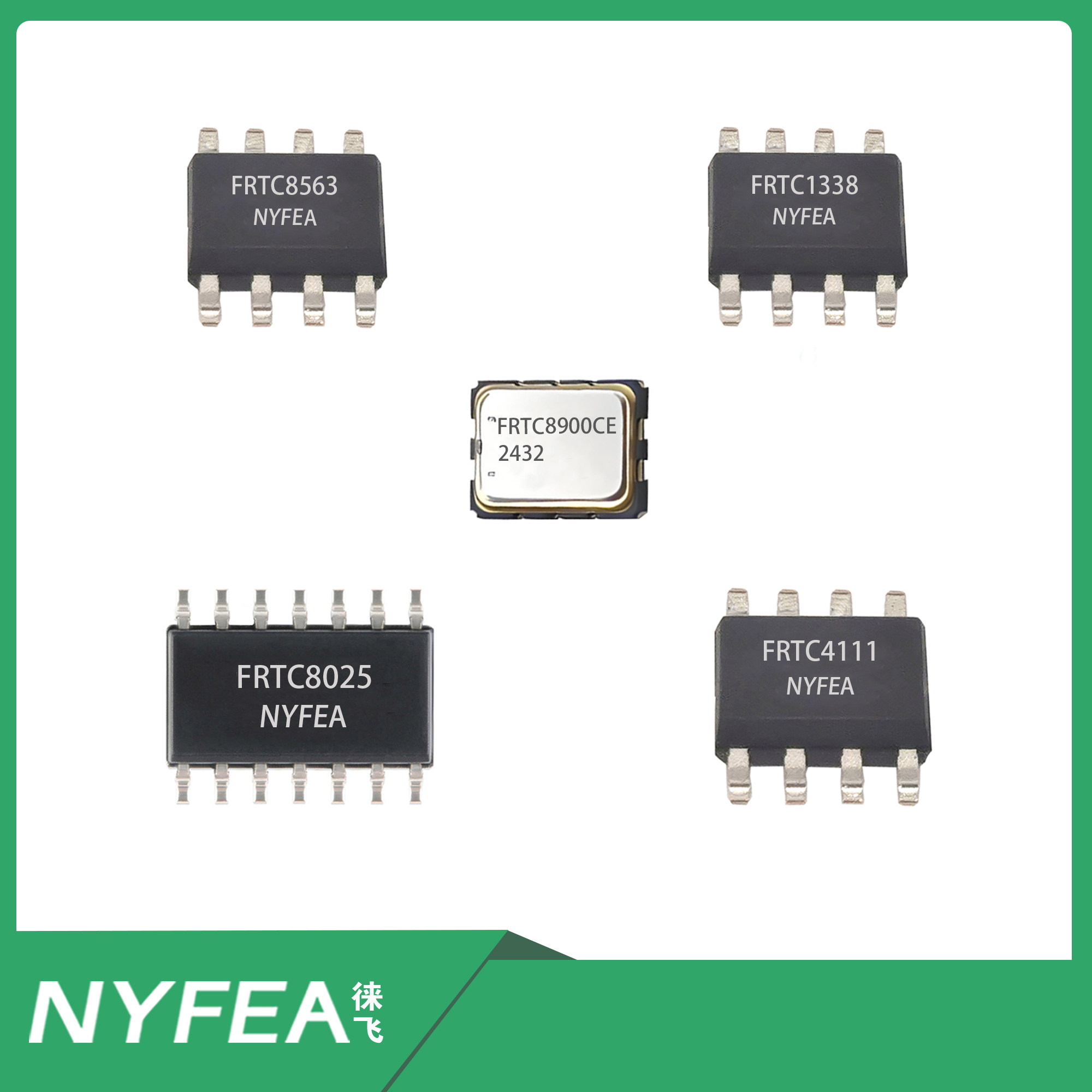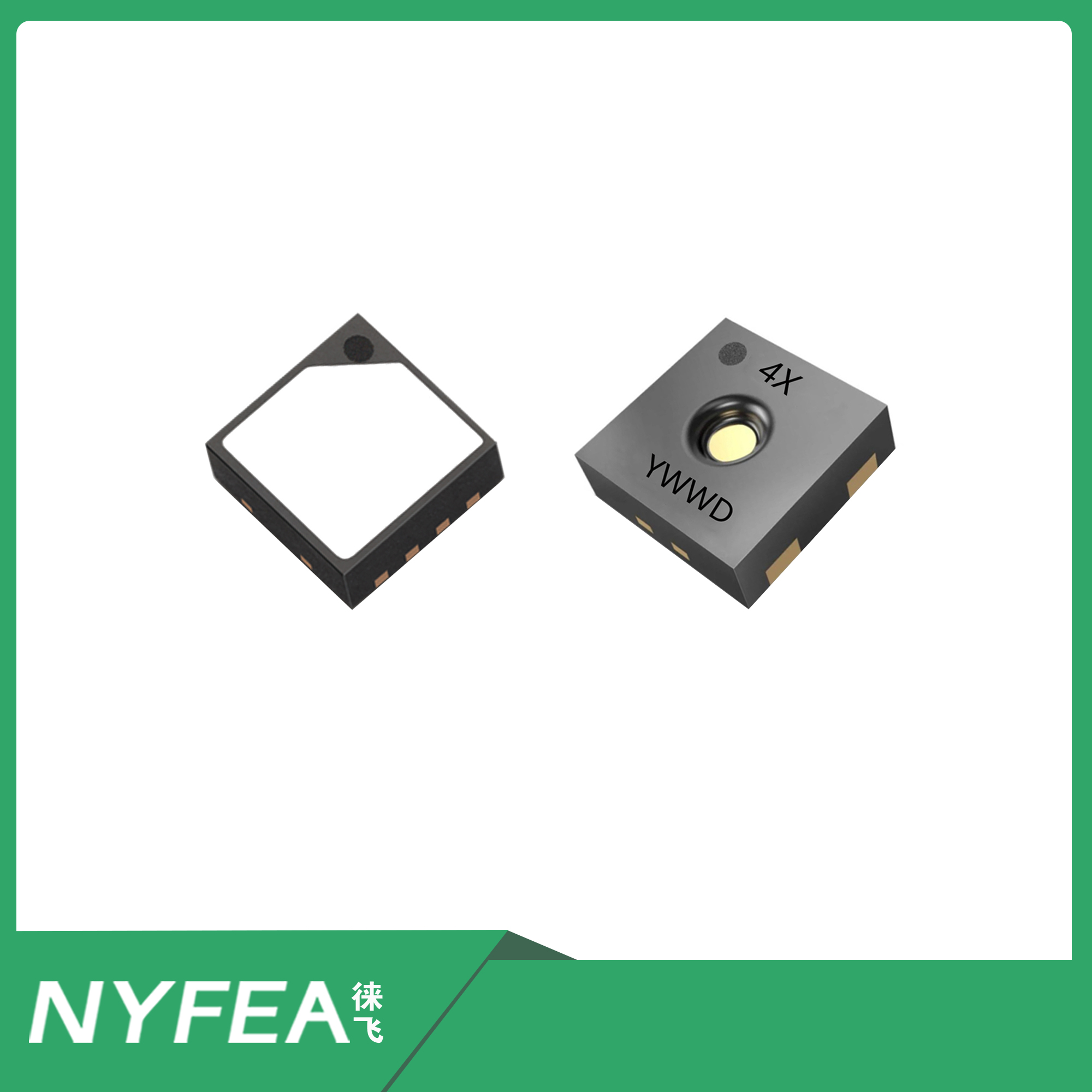Home > Product Center > Integrated Circuit (IC)

Photoelectric Sensor
A photoelectric sensor is a device that converts optical signals into electrical signals, wiy used in industrial automation, environmental monitoring, smart devices, other fields.
1. Operating Principle Classification
Photoelectric Effect: Signal conversion is achieved based on the external photoelectric effect (e.g., phototubes), internal photoelectric effect (e.g., photoresistors), photovoltaic effect (e.g., photoelectric cells).
Operating Modes:
.Through-beam: Triggered by interrupting the light path within the slot, with a short detection range (a few centimeters).
.Retro-reflective: The emitter receiver are positioned on opposite sides, enabling detection distances of up to several tens of meters.
.Diffuse-reflective: Relies on light reflected from the object, suitable for non-contact detection.
2. Technical Features Advantages
.Non-contact Detection: Eliminates mechanical wear, ideal for high-speed or precision applications.
.High Precision Response Speed: For example, photoelectric tachometers offer high resolution strong anti-interference capability.
.Modular Design: Some products support fiber-optic housing, adapting to the detection of minute objects.
Download PDF
Product Inquiry
Contact Sales
1. Operating Principle Classification
Photoelectric Effect: Signal conversion is achieved based on the external photoelectric effect (e.g., phototubes), internal photoelectric effect (e.g., photoresistors), photovoltaic effect (e.g., photoelectric cells).
Operating Modes:
.Through-beam: Triggered by interrupting the light path within the slot, with a short detection range (a few centimeters).
.Retro-reflective: The emitter receiver are positioned on opposite sides, enabling detection distances of up to several tens of meters.
.Diffuse-reflective: Relies on light reflected from the object, suitable for non-contact detection.
2. Technical Features Advantages
.Non-contact Detection: Eliminates mechanical wear, ideal for high-speed or precision applications.
.High Precision Response Speed: For example, photoelectric tachometers offer high resolution strong anti-interference capability.
.Modular Design: Some products support fiber-optic housing, adapting to the detection of minute objects.

Nyfea Technology Co., Ltd. is headquartered in Shenzhen, Guangdong Province, providing global customers with electronic component solutions featuring more stable quality, smaller size, lower power consumption!
More Product Selection




